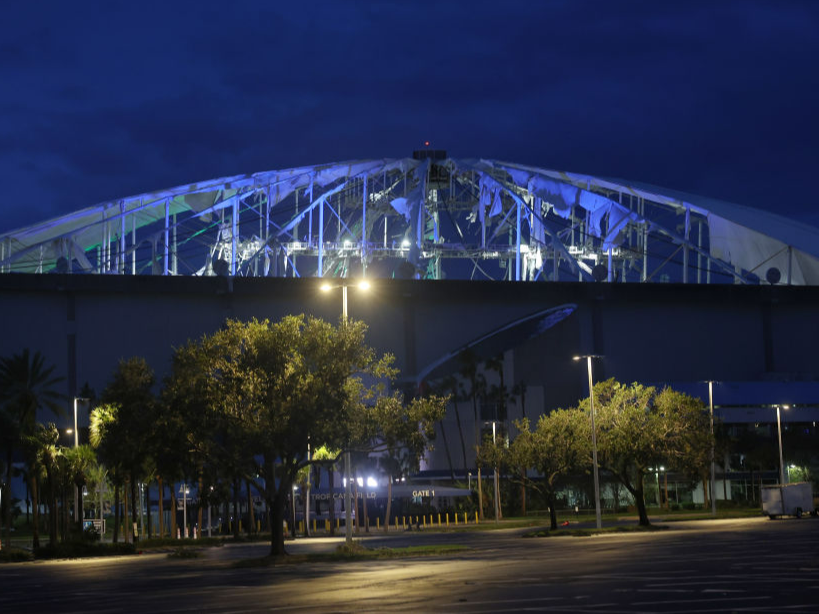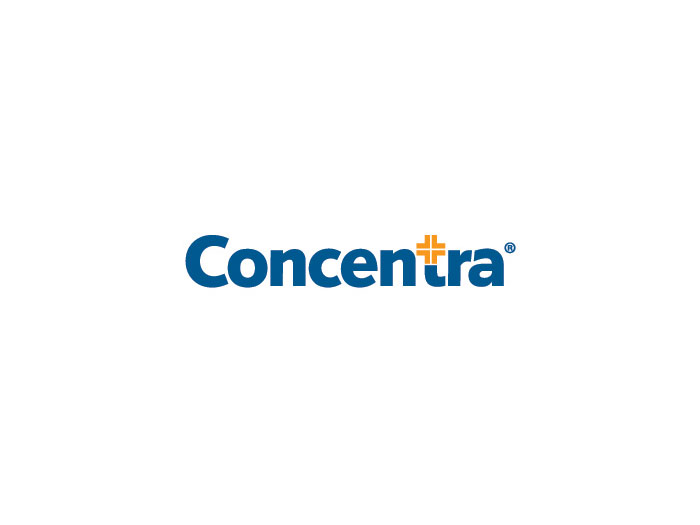This City Gets Top Docs for Its Workers and Pays 65 Percent Less

It seems like a desert mirage: A self-insured, self-administered workers’ compensation program that started from scratch and achieved a 64 percent savings off the provider fee schedule and a 74 percent overall reduction in costs.
But that is exactly what the city of Surprise, Arizona accomplished. The program has proven sustainable through its first 15 months, and the savings on workers’ comp payments has already been channeled into a 4 percent raise for municipal employees. This achievement earns the city a Teddy Award Honorable Mention for 2018.
Surprise is a city of about 140,000 on the northwest edge of the greater Phoenix area. It has about 1,100 municipal employees, including fire, police, sanitation, street maintenance, water management and community services. Like most municipalities, workers’ comp costs were high and rising.
“When I came here three years ago, there was a long-running goal by city managers over [the course of] a decade to self insure on general liability,” said Brian Carmichael, senior risk manager. “I did a feasibility study and found that actually we were in good shape on the property side.
“I knew that would disappoint some people who had been advocating for self insurance, so I also did a feasibility study on workers’ comp and found that we did have opportunities there.”
New Solutions to Benefit Workers
The city had long been part of a municipal risk pool with a guaranteed-cost model for workers’ comp coverage. The program was sufficient for a low-risk tolerance level but had a large premium and only average medical outcomes.
Taking the diligence in due diligence very seriously, Carmichael conducted a thorough historical review of the program and sought candid input from employees to build a self-insured program from scratch.
The key elements were advocacy on behalf of injured workers, prompt care, above-average medical outcomes, eager employee participation and a strong focus on returning to work.
The first step was a nurse triage system. Every employee was given a laminated card with information at the hotline number. The triage system was heavily promoted, and the results were compelling: 100 percent over the first 180 incidents.
The system was supported by a city-wide accident prevention initiative, but the heart of the program was a cash-pay network of providers to avoid the quagmire of high-volume care operations.
“We could not guarantee volumes,” said Carmichael, “but we could guarantee prompt payment.” Even then it was a tough sell for two statutory reasons. Arizona is a fee-schedule state, and in the state, public organizations can only direct care through the first visit.
“When we have a knee injury, we can say to the worker, ‘Well, we have a guy who does knees for the Suns [basketball team].’ They get excited.” — Brian Carmichael, senior risk manager, City of Surprise, Ariz.
“I was shocked at how unaware surgeons were of their billing process,” Carmichael recalled. “They would ask me, ‘Why should I take less than the fee schedule?’ I told them they were not getting the full rate anyway: Working through third-party administrators, they have been waiting as much as 120 days and getting as little as 70 to 80 percent of the schedule.”
Enough providers agreed to participate that the program was implemented in July 2017. The test case was a police officer who sustained a serious hand injury making an arrest. He called the nurse triage line, and the system was activated.
The officer was sent to a hand surgeon who handles area professional sports teams. The initial visit happened on the day of injury. Surgery was two days later, and all bills paid that day at 65 percent off the scheduled fee.
Word got around quickly, and suddenly many more providers were eager to participate. That gave the program the star power to make it compelling to workers despite the fact that the municipality does not automatically direct care.
“When we have a knee injury,” said Carmichael, “we can say to the worker, ‘Well, we have a guy who does knees for the Suns [basketball team].’ They get excited.”
Scalable for the Public Sector and Beyond
Through the first 250 incidents over 15 months, 130 claims have been filed, and the care that succeeded for the first case has proven sustainable. “In some cases, we now pay for care in advance,” said Carmichael. “In other cases invoices are paid by credit card or check the day we get the invoice.”
They also give testimonials. Carmichael related that one employee said at a meeting, “The previous administrator sent me to a treatment center that was in a warehouse in an industrial area. It was full of homeless people. Now I’m going to an office with marble floors and fish tanks.”
And still saving the city big money: An average savings of 65 percent. As a result of the savings from the first year, the city was able to give a 4 percent raise to most employees.
For reinsurance, Surprise worked through the brokerage Single Point of San Francisco and secured an excess policy from Safety National. It has a $1-million retention.
“They were initially skeptical of us making the jump from guaranteed cost to self-insured and self-managed, but they have been amazing,” said Carmichael.
He added encouragingly, “Anyone can do this. It is sustainable and scalable. I have already had discussions with other municipalities, and they are very interested. Many are stuck in contracts with TPAs.
“Also, this is a vendor-driven industry and the vendors are fearful. They need to see if this is sustainable over several years.” &










